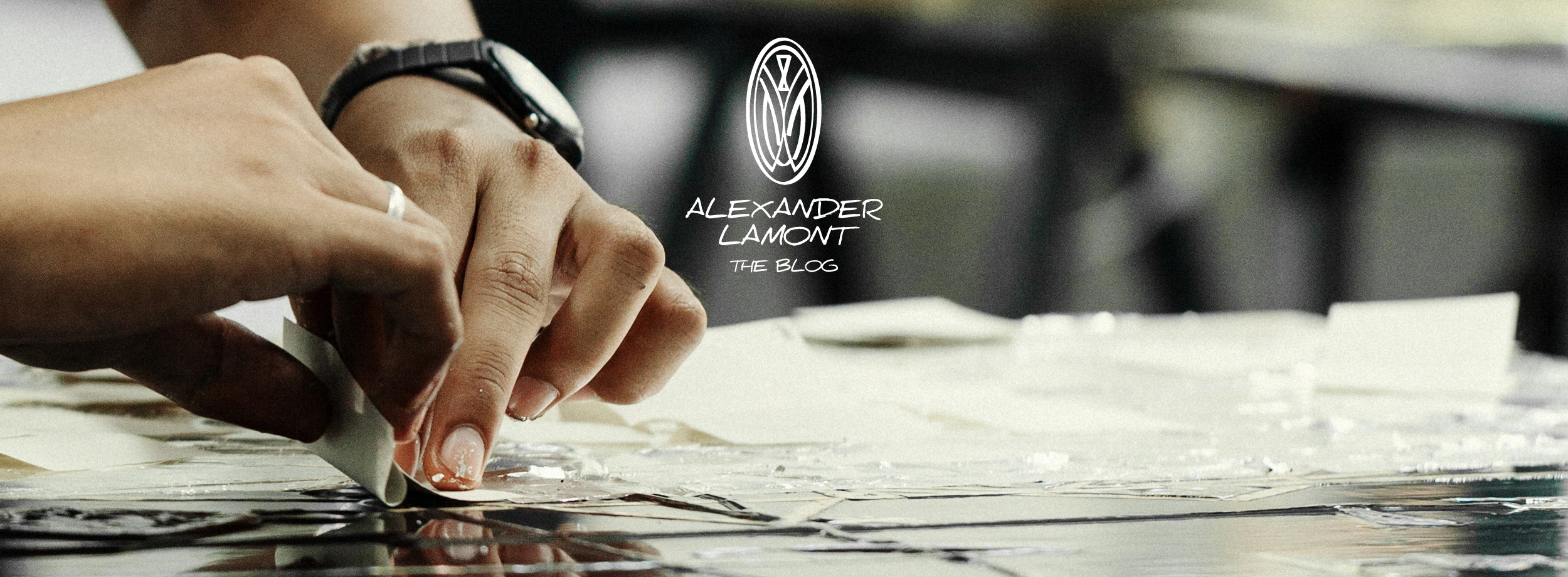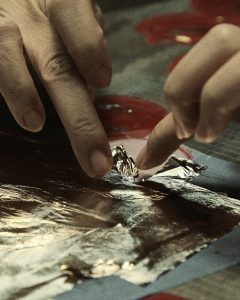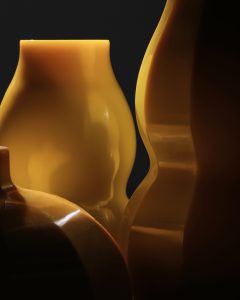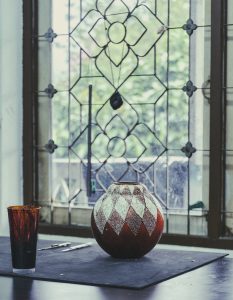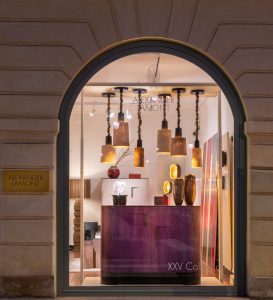This is a picture essay of a road trip I organized with friends to the furthest east point of Thailand. We went in search of open country, Isaan food and things being made.
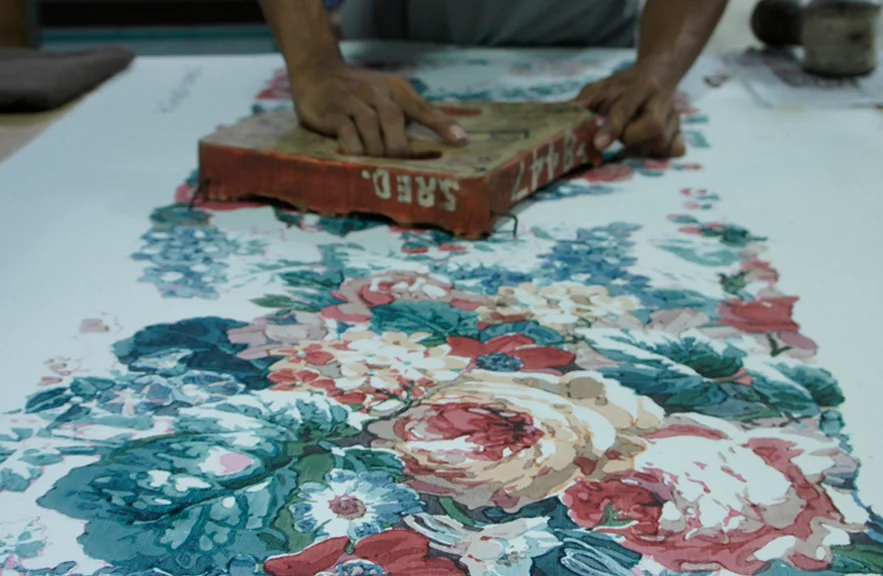
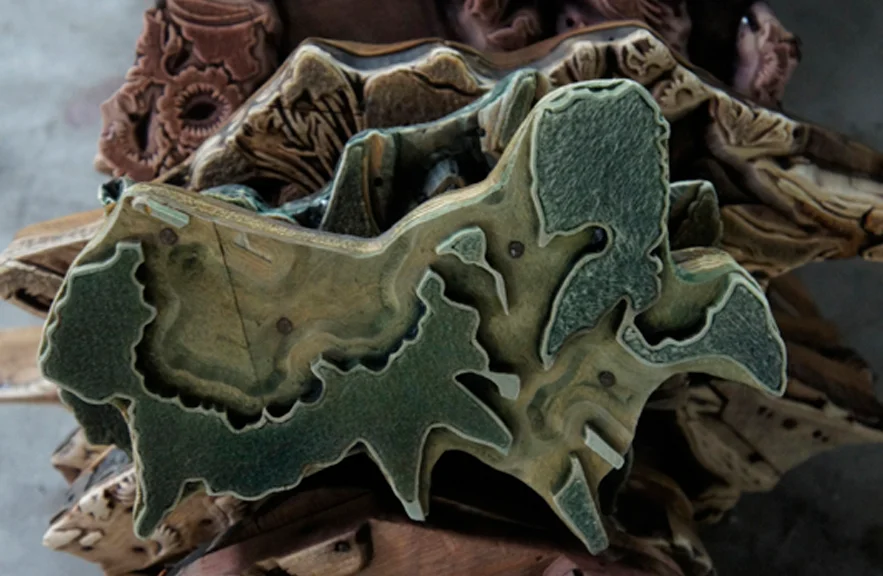
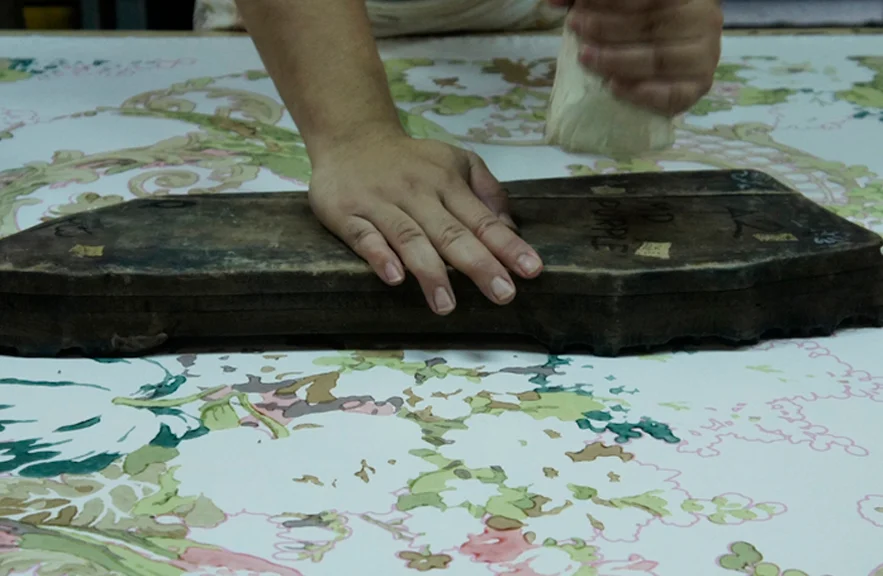
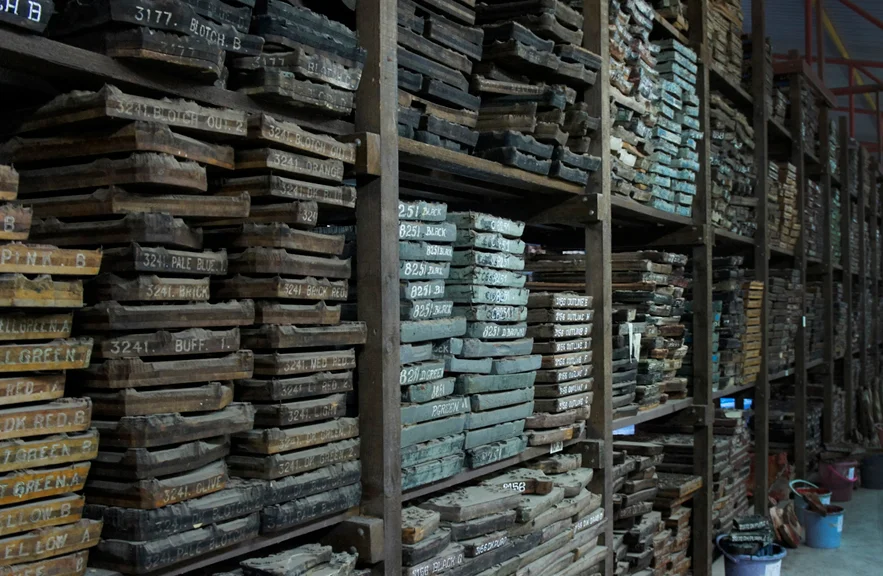
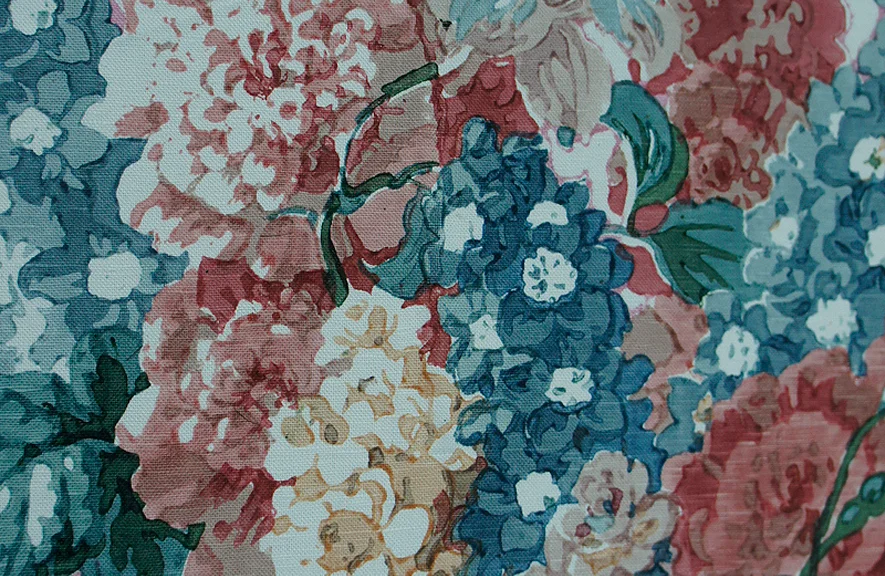
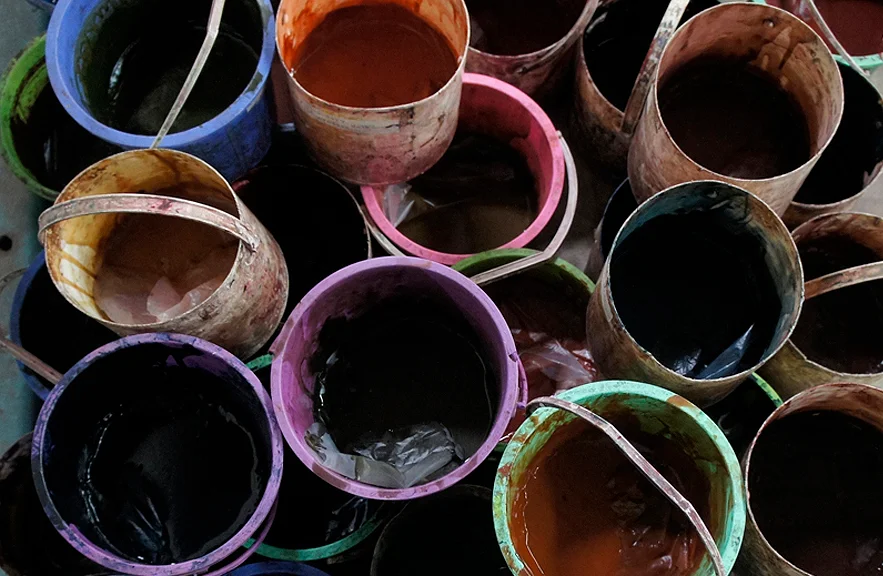
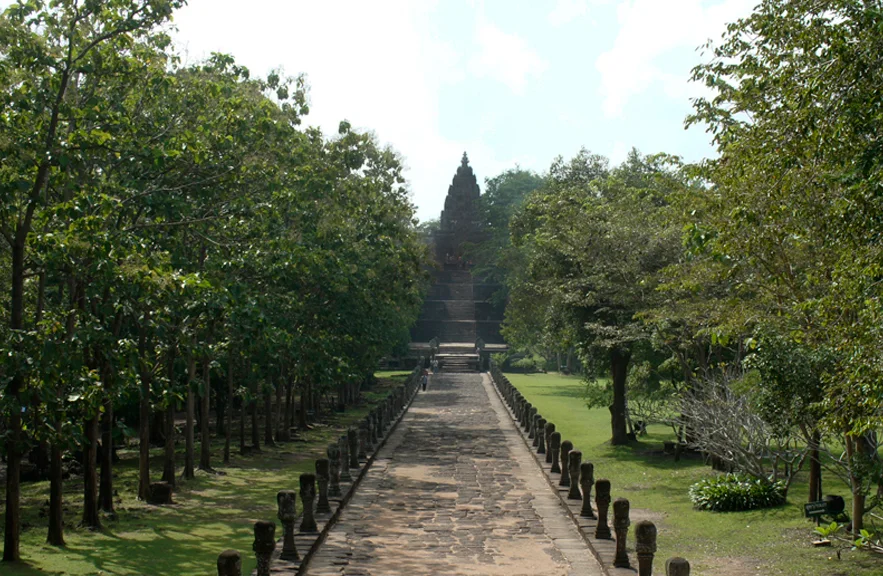
After Khorat we drove to Buriram Province and the Phanom Rung Temple – Thailand’s most famous Khmer temple. This wonderfully preserved structure is located upon an extinct volcano and rises above the surrounding plains impressively. Unlike the temples of Cambodia, Phanom Rung has relatively few tourists so you can enjoy the environment much more.
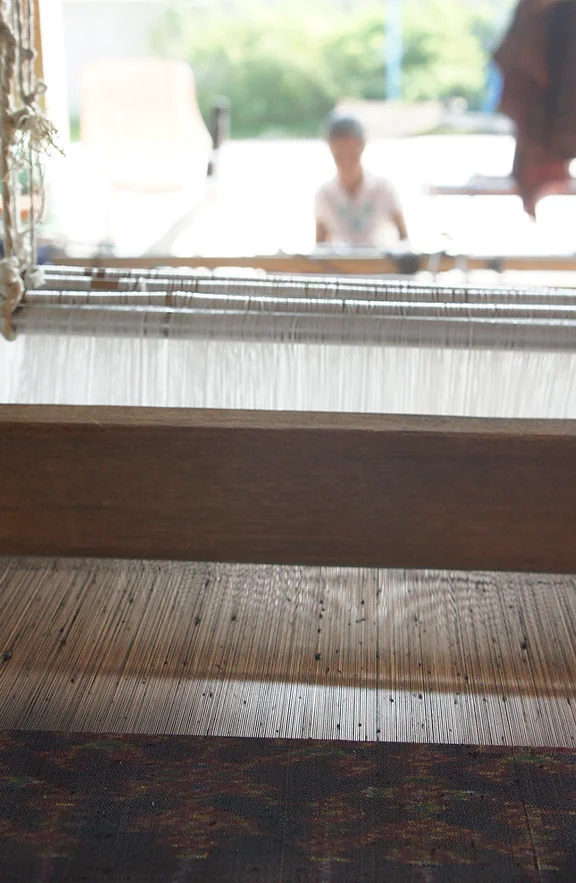
From Buriram we drove east to Surin province which also borders Cambodia. It is famous for the ‘Elephant Roundup’ festival but I was most interested in meeting Khun Daeng, a National Treasure silk ikat master whose works are collected and worn by many of Thailand’s sophisticated ladies. He makes silk using purely natural dyes and is able to reproduce some of the most famous and intricate ikat patterns ever made in Thailand.
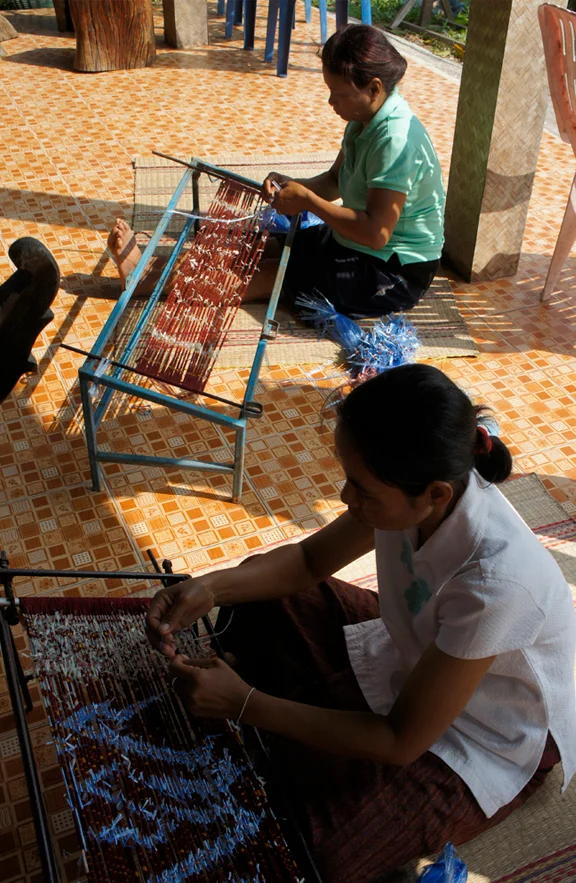
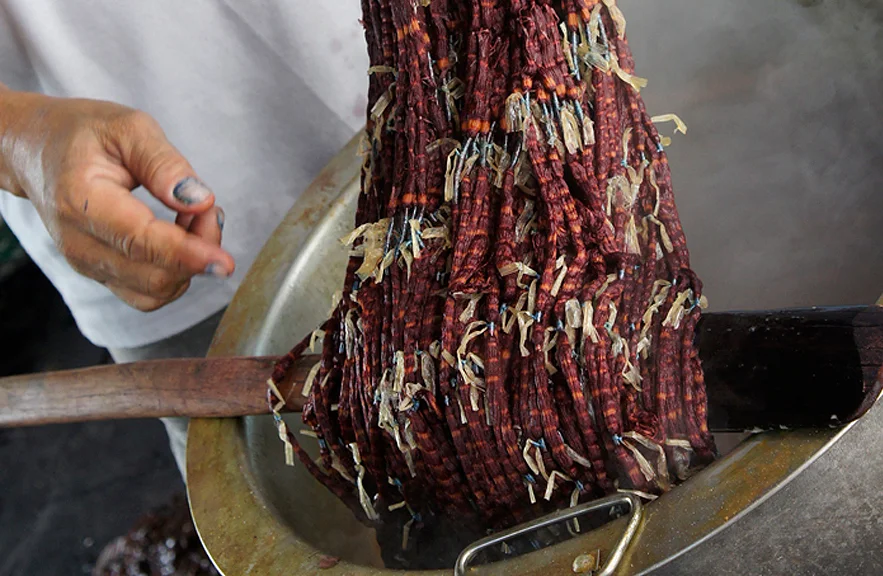
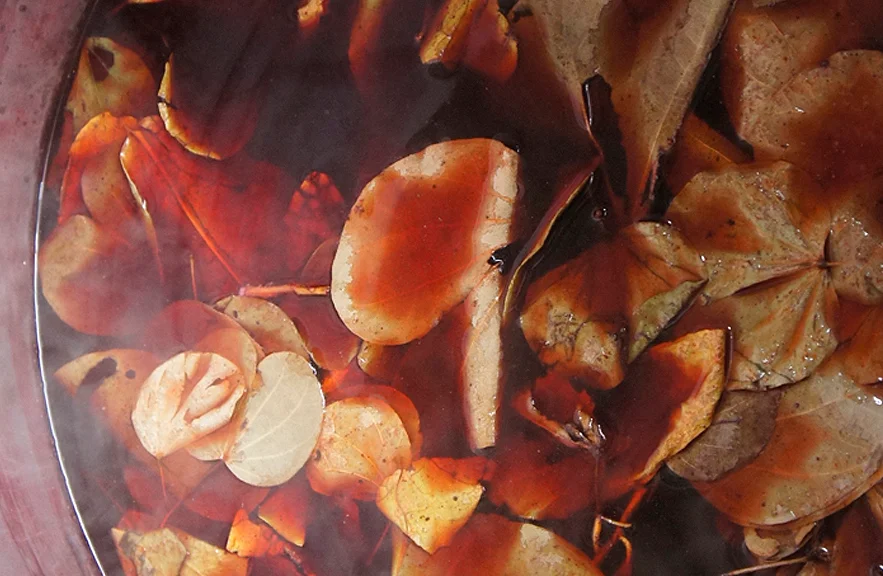
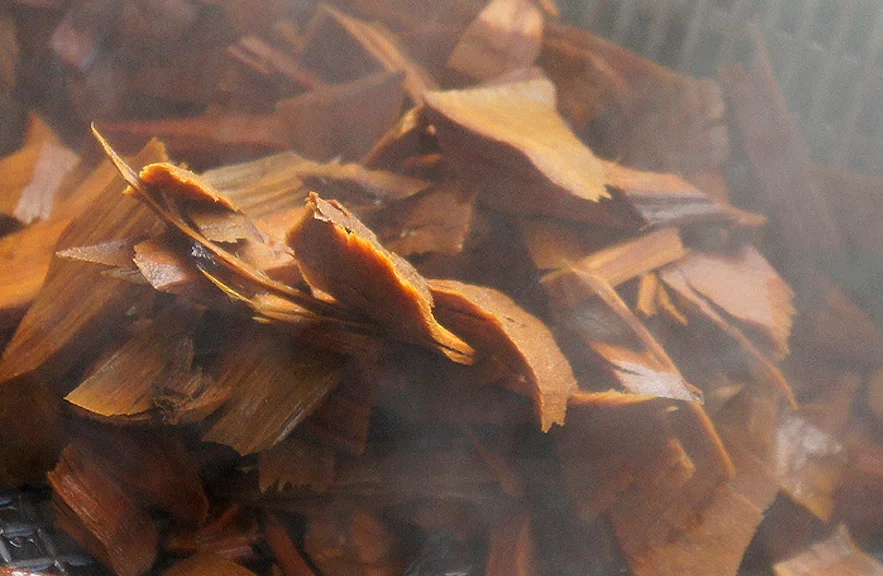
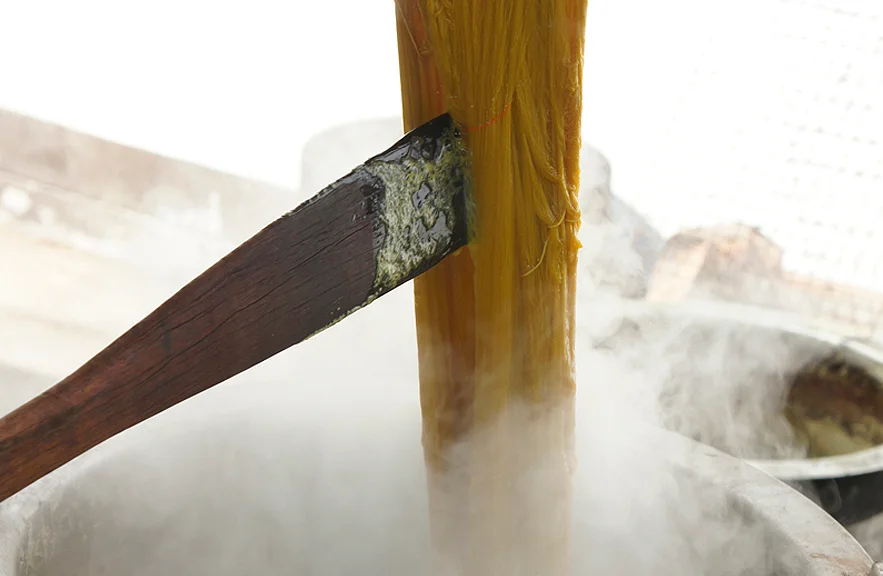
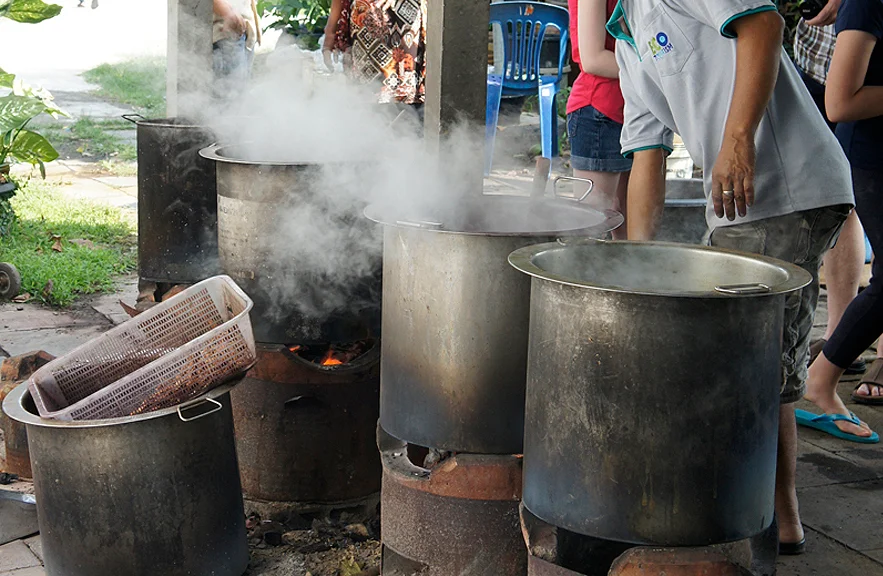
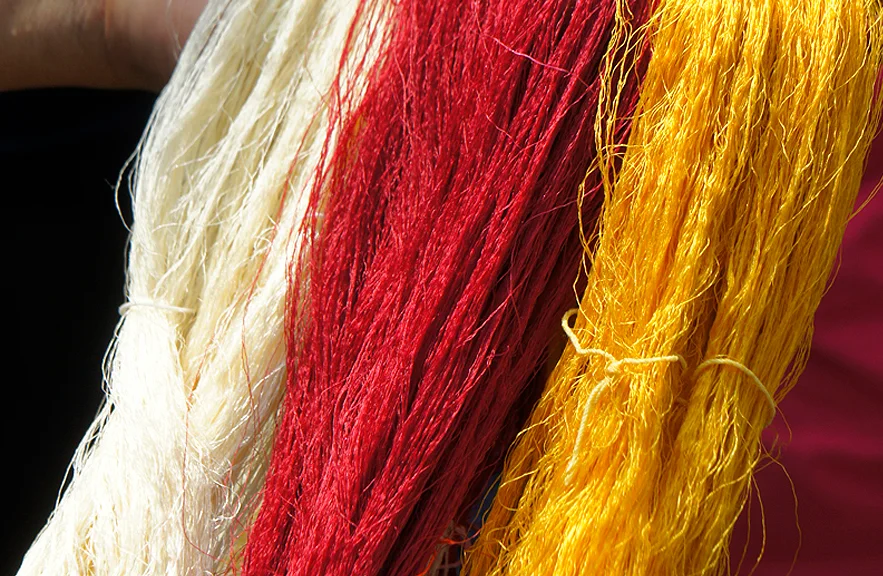
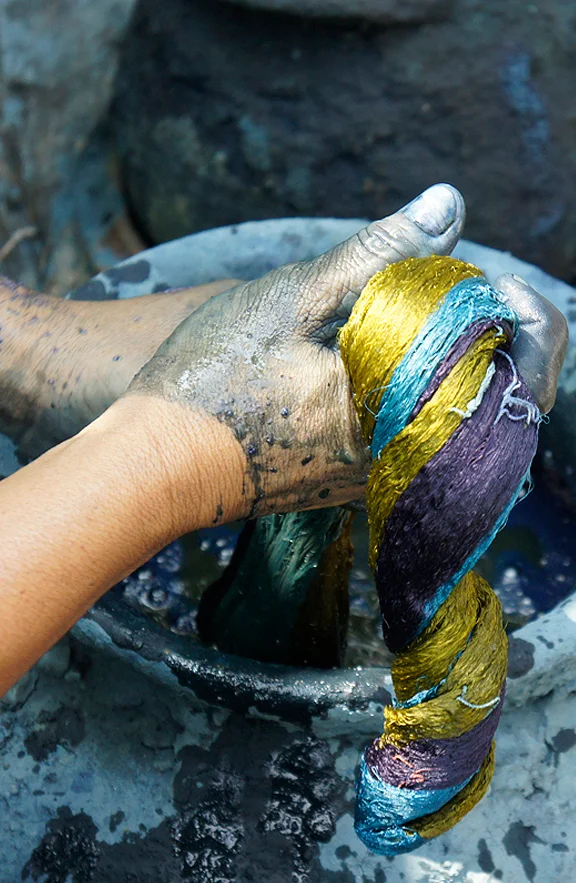

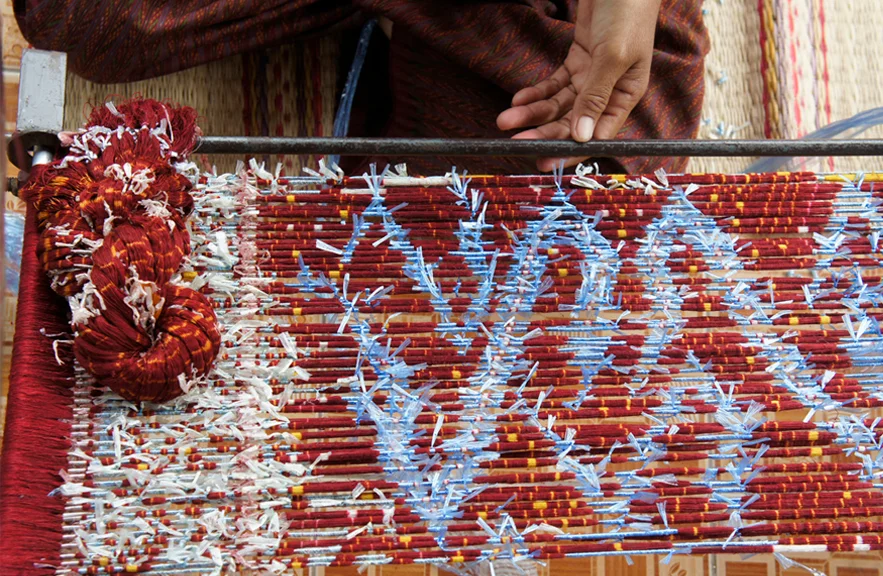
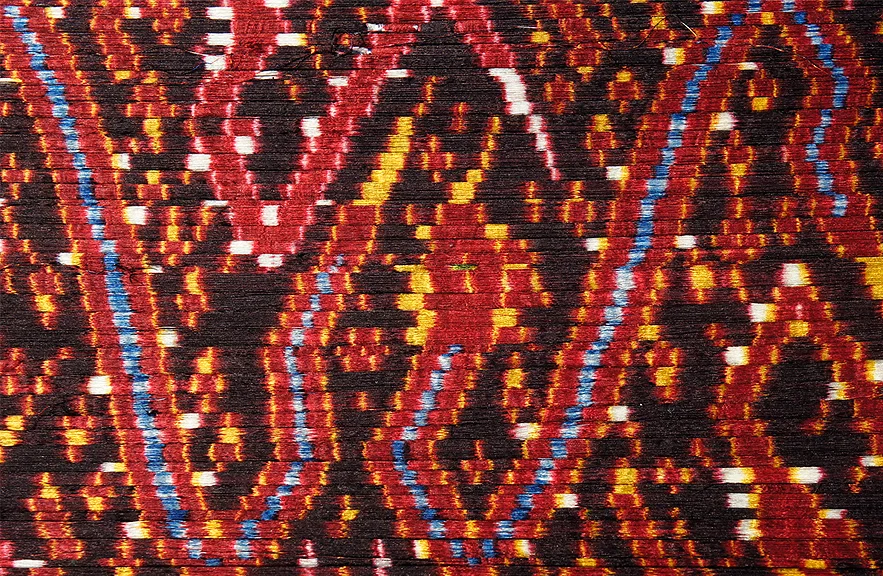
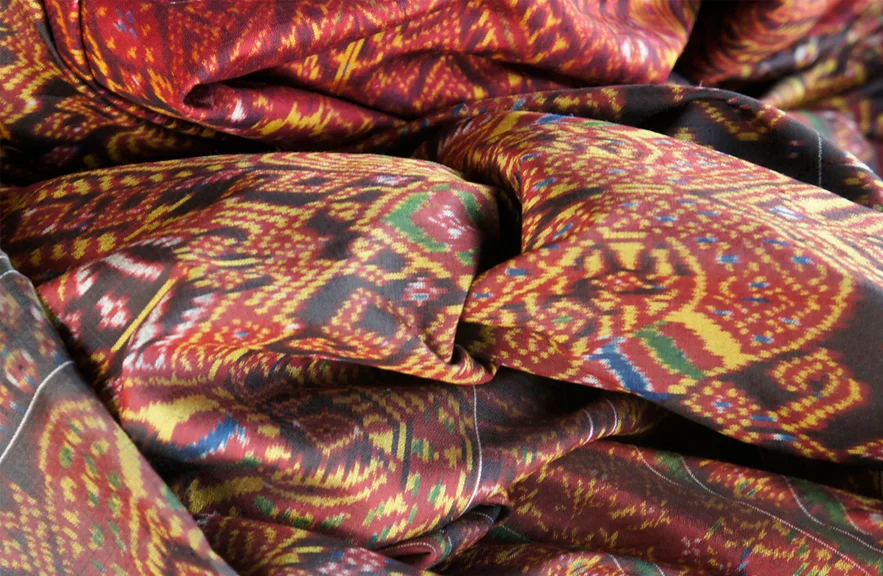
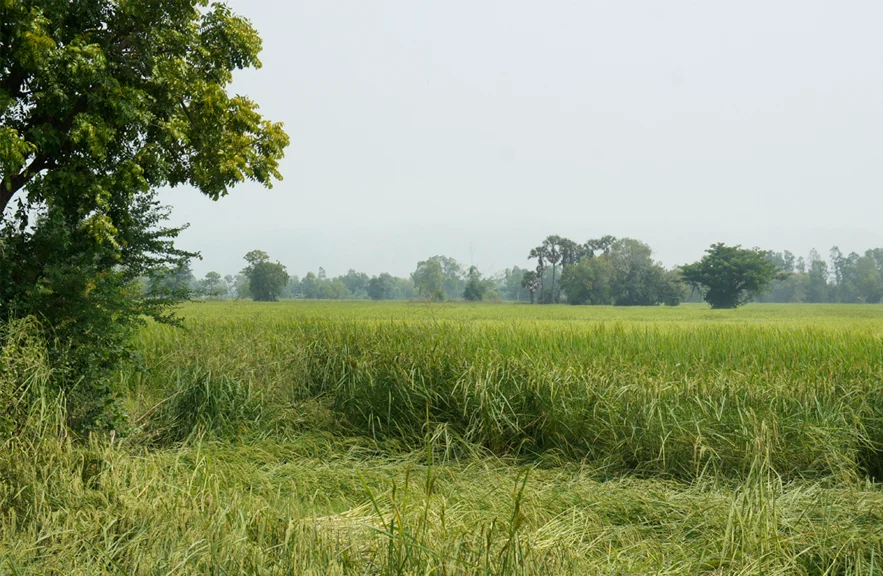

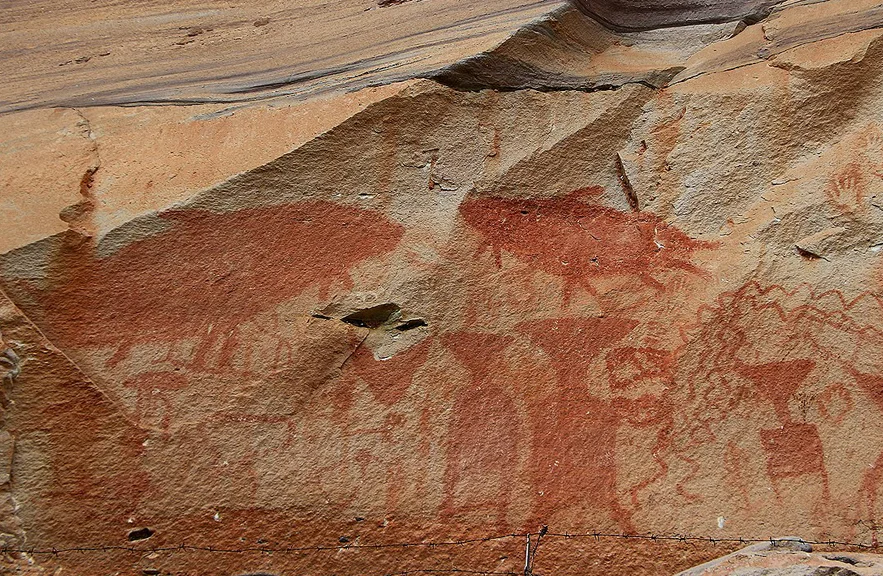
Our final stop was the Mekong in Ubon Ratchathani Province, with the mountains of Laos over the river. We stayed at the small resort Tohsang Khongjiam and visited Thailand’s best known pre-historic site nearby – Pha Taem National Park. This proved to be much more beautiful than I had expected – a cliff above the Mekong with paintings of fishing and elephant hunts painted 3 – 4,000 years ago. It was difficult to photograph but there was a wonderful serenity and atmosphere to the place.
Thailand is as big as France in area, over 1,000 kilometres from north to south and with over 3,000 kilometres of coastline. The border with Laos follows the Mekong for much of its way. Driving from Bangkok in any direction will result in the discovery of beautiful landscapes, wonderful traditions, crafts and incredible food.
